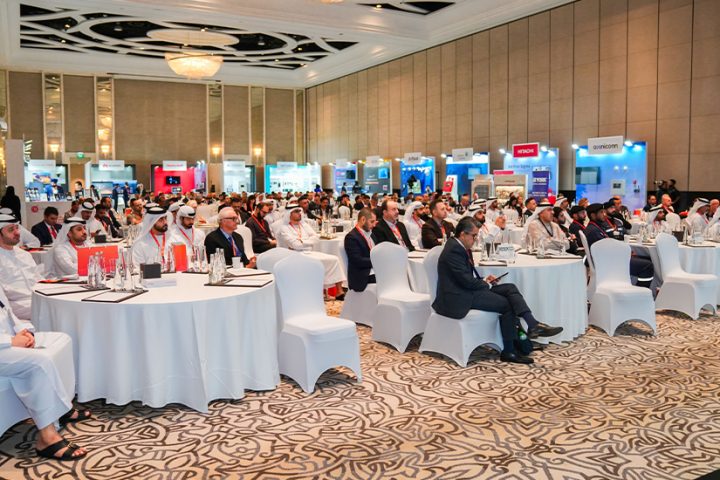To say 2020 has been an incredible year for technology is an understatement. When the global pandemic rocked the world of work by pushing employees from the office to their homes, technology took centrestage as IT quickly mobilised to keep people engaged and productive. Trends aimed at feeling digital transformation that were already in play accelerated at warp speed and kept business moving. And the stage is set for more radical change in the way work gets done in the year ahead. What can we expect?
As consumers, we can do everything from shopping, banking, and socialising with greater speed and efficiency than ever before. But when it comes to work, things are more complicated than ever. During a typical day, the average employee touches more than a dozen apps. This will change in 2021 as savvy companies adopt digital workspace technology and replace a user experience filled with distractions, context switches, and complexity with a simpler way to work that unlocks innovation, engages employees, and drives better business results. Micro app technology, for instance, will be used to consolidate access to all of the tools, activities, and tasks employees need to get work done in a simple, unified work feed.
Faced with shelter in place and work from home mandates, many organisations rushed to arm employees with Virtual Private Network solutions that allowed them to quickly connect to corporate systems. But they are now realising the limitations of such offerings.
In 2021, organisations will move away from VPN technology and leverage a Virtual Desktop Infrastructure, which offers a more secure and reliable alternative and enables them to deliver a familiar desktop and high-performance experience that empowers employees to access all the apps, information and resources they need to perform at their best while working remote.
Robots won’t replace humans, but they will make us smarter and more efficient. And IT will set the wheels in motion, leveraging digital workspaces infused with such technologies to organise, guide, and automate work in an intelligent and personal way that enables employees to focus on and do what they do best.
Covid-19 has forced businesses to prioritise employee safety, and IoT technologies and robots will be put in play to keep people safe. Robots will take over dangerous tasks, and remote-hand technologies will enhance human-machine interactions even further. And IoT will power things like touchless offices and smart social distancing, allowing employees to, among other things, access maps and occupancy information for different parts of a building and confirm that shared spaces have been cleaned and reserve conference rooms and hot desks right from their own devices.
Technology has become a critical driver of business outcomes and the expectation is that it is always on.
With cyberattacks up more than 400% this year, protecting employees and company assets will become even more critical in 2021. Security and experience are not mutually exclusive. They are two sides of the same coin. And in the year ahead, they will align closely to deliver an intelligent approach to workspace security that protects employees, following the Zero Trust model, without getting in the way of their experience. And security will be baked into everything IT does.
The pandemic has driven change that no one could have imagined. While it’s impossible to predict exactly what the future holds, one thing is certain: the world will continue to change and change fast. And companies that harness the power of technology can make it a better place.
By Meerah Rajavel, Chief Information Officer, Citrix.



















